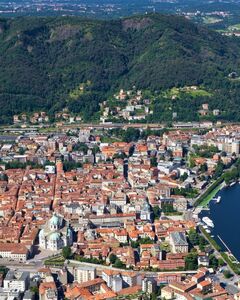
monuments near Santi Nazaro e Celso

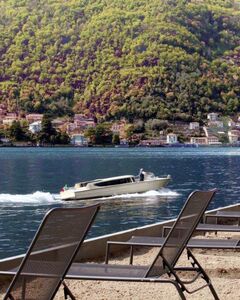
Located directly on the Lake Como Waterfront in the village of Pognana Lario, minutes from historic Como Centro and famous Bellagio. Our exclusive little resort and private luxury vacation villa rentals, offer guests a magical memorable experience....
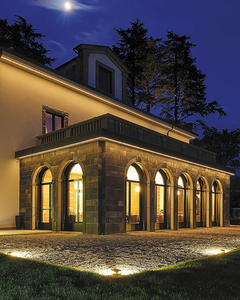
Located in Mandello del Lario, with panoramic views of Lecco and Bellagio. The geographical proximity to many cultural attractions makes it appealing to cities like Milano, Como and Bergamo, while the possibility of hiking and walking in the...
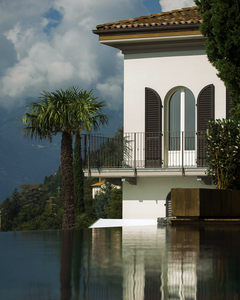
What we love at Villa Làrio, is to create tailor made moments for you, whether it is a diner on the pontoon, a cocktail by the swimming pool, or a Grappa tasting on our historical Tulio Abbate speed-boat. Facilities include rooms with uncompromising...

In Residenze del Conte Aguido, you can find the solution to spend wonderful days between mountains and water. Lake Como is ready to affrire their best to our guests traveling for vacation or business trip. Water, sun and mountains characterize the...
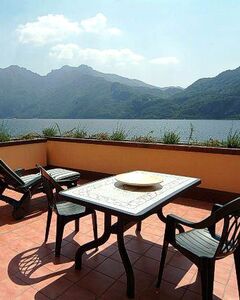
Residence Giardinetto offers comfortable accommodation and features a lift. This property is ideally situated in the town centre. The Residence Giardinetto features apartments equipped with cable / satellite channels, a hair dryer and a TV. The...
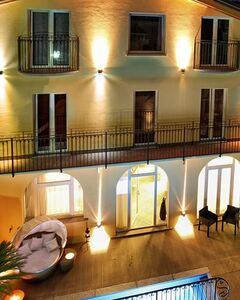
We rent exclusive apartments in Lecco, Como, and in the Brianza countryside on a short and mid-term basis. Exquisitely and lavishly furnished (fully equipped kitchen, bedding and towels are included), each apartment is fully suited to the needs of a...
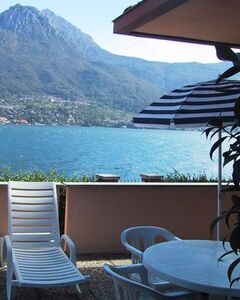
La Spiaggia is situated in front of the lake in Oliveto Lario, a village along the coast road leading from Lecco to Bellagio, 15 minutes from the two towns. Surrounded by a large garden with fenced pool 4x8, the house - 18 sleeping - covers three...
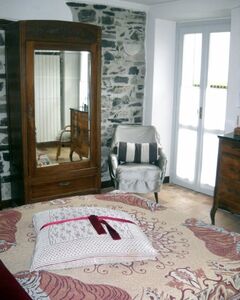
Since 1995, right in the church square, is the Restaurant/The Cottage "ANTICA MOLINA ", which takes its name from the village which hosts it Molina is one of the four hamlets of Faggeto Lario located on the eastern shore of Como Lake on the...
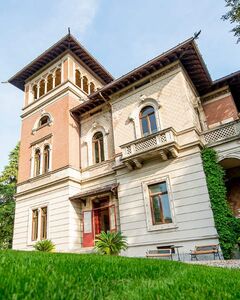
Villa Confalonieri is an art nouveau villa with pool ready to host you and your friends. Do not hesitate to contact us for any information....
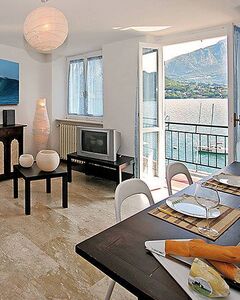
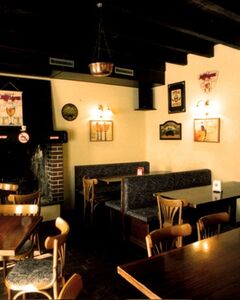
“Hostaria Da Edo" is a welcoming holiday house, ideal to relax yourself with an holiday far away from traffic and pollution. Located in the heart of Valle Dell'Oro, and in front of Orrido, offers the most typical Lombardic and italian courses....
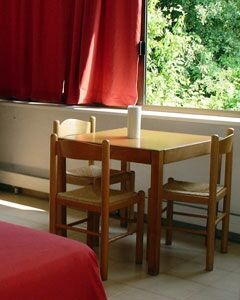
Designed by architect Cesare Cattaneo and painter Mario Radice in 1935. It is a complex construction of circular elements whose harmonious composition consists of four spheres arranged on each other with alternate horizontal rings. Originally...
A series of modern frescoes (2007) painted on houses in the town of Taceno that endeavour to preserve traditions, legends and history of craftsmanship and commercial work. Unlike their counterparts in Parlasco that recount the legend of Lasco the...
Three tombs belonging to the aristocratic Andreani Family located outside the Church of St Thomas of Beckett and a castle belonging to the same family. The monuments, know as “arks” are important evidence of Lombardy sculpture that were erected...
Monument to commemorate the victims of World War II and resistance movements. The monument is a project of Milan sculptor Gianni Colombo. It is located in a park by the lake. It combines stones from Nazi concentration camps and city of Hiroshima...
Daniel Libeskind created this dazzling 16.5 meter (54 feet) high stainless steel sculpture near Piazza Cavour, Como. The public monument, the first contemporary work ever to be installed in Como, is an homage to famed scientist Alexander Volta who...
The burial town where Alessandro Volta is buried was originally called Camnago, and took the name of Camnago Volta in 1863 in honour of this great scientist. The mausoleum, a temple of neoclassic style, was finished in 1831, decorated with statues...
Parlasco is one of the smallest Italian towns located in the Regional Park of the Northern Grigna in Valsassina. It is on the main road connecting Lake Lecco to Valsassina and joins Alpe Cainallo with Cortenova. Myth and reality are perfectly mixed...
Born in Como, Alessandro Giuseppe Antonio Anastasio Volta was an Italian physicist credited with the invention of the first electrical battery, the Voltaic pile, which he invented in 1799. With this invention Volta proved that electricity could be...
Immediately after the death of Alessandro Manzoni on May 22, 1873, the City Council of Lecco met and approved a monument to the writer that had given so much prestige to the city. The committee, headed by Antonio Stoppani, collected donations for...
Monument dedicated to the weaver of Francesco Somaini, where on the banks of the river Senagra, had one of its oldest and most prestigious silk factories. In the marble top is a negative image of a weaver, while below is fabric draping to the ground....
Sculpture dedicated to disabled service people. Roughly translation on the plaque goes like this: "One hand is actively serving the country in defense of institutional values. The other hand is wounded in the line of duty." The monument is the most...
In 1931, Giuseppe Terragni and his brother were asked by the fascists to design a monument for the victims of World War I. Their design was based on a sketch of the Italian futurist Antonio Sant'Elia, whose sketches showed modernity, dynamics and...
The Volta Lighthouse stands on a hill in San Maurizio, 150 metres above Brunate. From Brunate you can follow a walking path up to the lighthouse and it takes less than 30 minutes to walk there. You can pay an admission and climb to the top of the...
Here, a black cross marks the spot where Benito Mussolini was shot and killed (along with his lover Claretta Petacci) by partisans, marking the last stand of the Fascist dictator's rule over Italy. Actually, he wasn't really the ruler of Italy at...